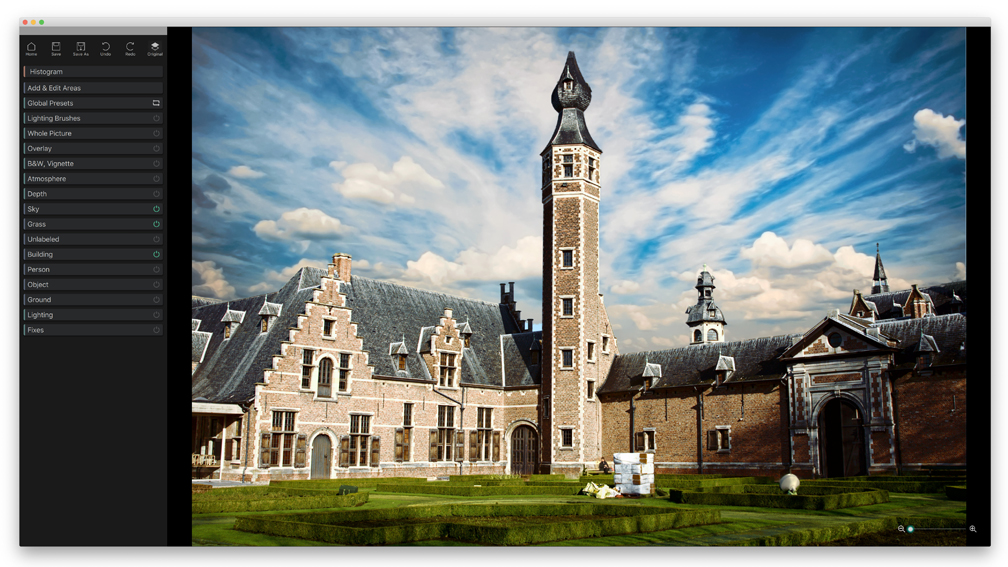AI-Driven Image Editor Enables Dramatic Alterations to Images
Review by Erik Vlietinck
AI is creeping up on us, and photography is one of its favorite applications. LandscapePro 3 promises to enhance your images with AI, seemingly taking all the creativity and work out of image editing; but looks can deceive.
LandscapePro 3 comes in three versions: Standard, Studio, and Studio Max. Anthropics sent me AI-driven LandscapePro Studio Max, which supports JPEGs, TIFFs with 8 or 16 bits per color sample, and most camera RAW files. The app saves TIFF files with the same number of bits as the original file. This edition can also be used in plug-in mode when LandscapePro has been launched by another application such as Photoshop. (As I don’t have any Adobe licenses anymore, I couldn’t try this out.)
What’s deceiving about AI is that you might think that it takes all effort out of editing. It doesn’t! The AI does help a lot with selecting different zones in your image, such as the sky, grass, buildings, and other objects, but you keep control. It makes an accurate and fine selection much easier, though, even when not using a graphics tablet.
Once you’re satisfied with the different masked areas—that’s what the zones are, of course—you can tune each of them. Here, the app behaves more like a Savile Row tailor. For example, you can add fog, and it will automatically decide the settings for it to look realistic. But it still allows you to change the configuration of every effect you choose, with an alteration of the sky as the most dramatic effect that’s often used in ads.
Where it doesn’t let you tamper with reality in ways unimaginable before is with the removal of objects. That’s entirely done old-style, no AI involved, which, if you don’t know about that, sometimes produces bad results. ■






